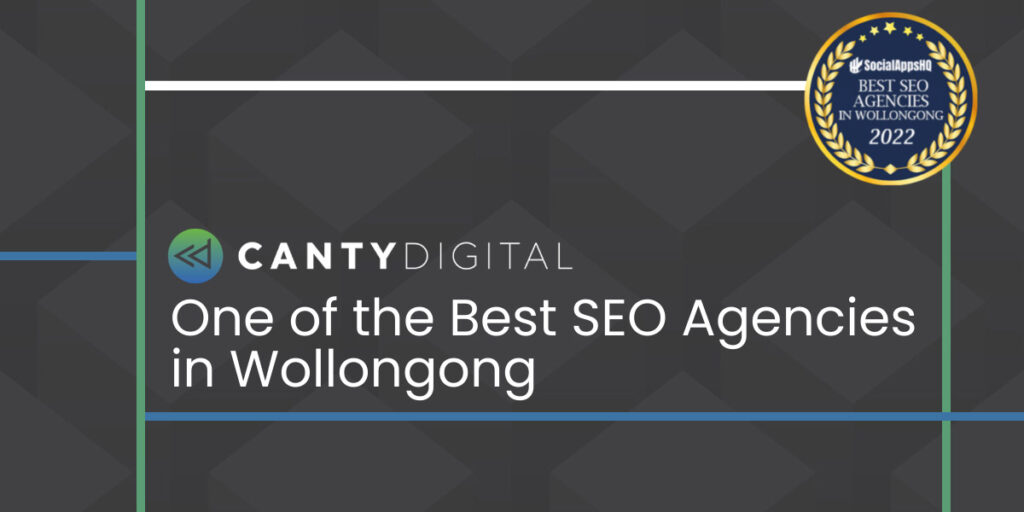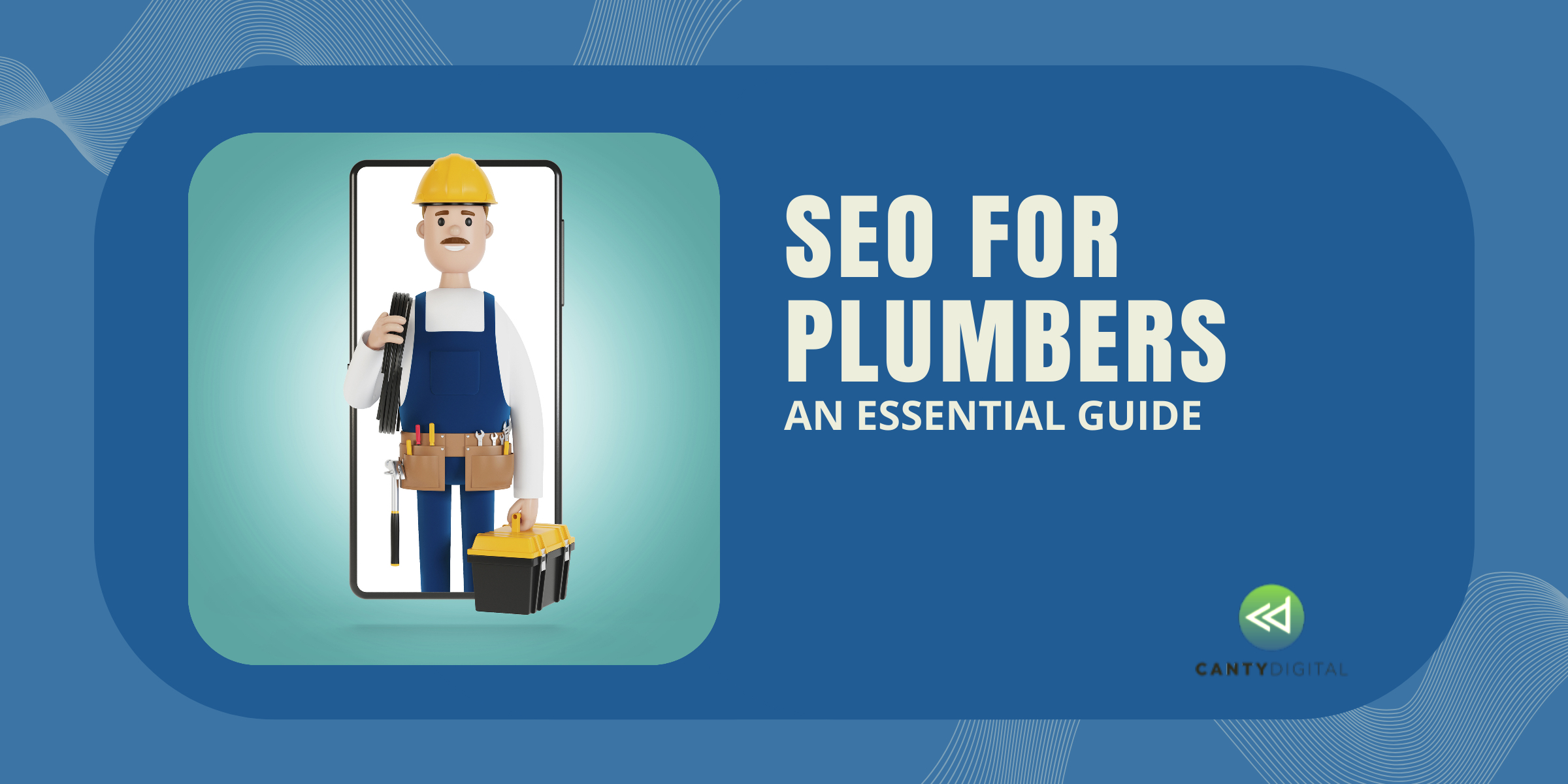
Have you ever wondered why some websites effortlessly draw you in, allowing you to glide through information, while others push you away with their dense blocks of text?
Research shows that it only takes 0.05 seconds for users to form an opinion about a website. If they like your website, users will spend around five seconds looking at its written content before taking another action. That is to scroll down, click a button or leave your website. Pages with a clear value proposition can hold people’s attention for much longer. The secret often lies in two critical elements: legibility and readability. Far from just aesthetic considerations, these factors are crucial for crafting an inclusive digital environment that communicates effectively with a broad audience.
This guide will explore the essence of legibility and readability and how they form the backbone of superior user experience (UX).
Legibility vs. Readability
Legibility is the foundation upon which effective visual communication is built. It’s about ensuring that each character or glyph on a screen is distinguishable from another, minimising the cognitive load required to process written information. This involves careful selection of fonts, appropriate use of colour contrast, and consideration of the background against which text is placed. For instance, a sans-serif font like Arial or Helvetica is often more legible on digital screens, especially for small text sizes, compared to serif fonts.
Readability, on the other hand, extends beyond the individual characters to the overall arrangement of text blocks, paragraphs, and sections. It encompasses the structure and organisation of content to guide readers through a narrative or informational piece. Effective readability means using language that resonates with the target audience, breaking down complex ideas into digestible pieces, and employing visual hierarchies through headings, bullet points, and paragraph spacing.
Why They Matter for UX
Users engage with digital content in diverse ways, but one thing is common: it is their preference for websites that are easy to navigate and read. Studies show that straightforward navigation is crucial for 94% of users, and an appealing, up-to-date website design is equally important for 83% of them.
Poor legibility can significantly deter user engagement. For example, colour blindness affects approximately 4.5% of the global population, and 2.2 billion people have impaired vision, underscoring the importance of designing for readability.
Similarly, content that is difficult to read or navigate due to poor structure or dense blocks of text can overwhelm users, leading them to seek alternatives. In contrast, content that is easy on the eyes and mind encourages deeper engagement, longer visit durations, and more positive interactions with the brand or entity behind the digital presence.
Data has also shown that 48% of users find mobile optimisation crucial, and 52% are less likely to engage with a company that doesn’t use responsive design. Furthermore, a well-executed user interface (UI) can boost conversion rates by almost 200%, and a seamless UX can yield an increase of up to 400%.
Incorporating these practices enhances not just the aesthetic appeal of a website but also its usability, accessibility, and overall user satisfaction.
The Psychological Impact of Readable Content
It’s important to say that readable content does more than facilitate comprehension. It also influences users’ emotional responses.
Content that is easy to read and understand can foster positive emotions like trust and satisfaction. Conversely, content that is difficult to navigate or read can lead to frustration, confusion, and disengagement.

Practical Steps for Optimising Legibility and Readability
Now that we understand the significance of legibility and readability for user experience, let’s discuss some practical steps to make digital content more accessible and engaging for all users.
Utilise Clear and Simple Fonts
Choosing the right font is foundational to legibility. When selecting a font, consider its x-height, spacing, and weight. Fonts with a larger x-height are generally easier to read, and appropriate spacing between letters and words can significantly improve legibility. Additionally, using bold fonts strategically can draw attention to important information without overwhelming the reader.
Optimise Font Size and Line Length
The text size should be large enough to be read comfortably on any device. A minimum body text size of 16px is recommended for web content, but this may need to be adjusted based on the font and the audience’s needs. Similarly, the optimal line length (measure) for text is between 50-75 characters, including spaces. This range helps prevent the reader’s eye from getting lost when moving from one line to the next, enhancing comprehension and reducing eye strain.
Embrace White Space
Note that white space, or negative space, around text blocks, paragraphs, and other elements is not wasted space. It helps reduce cognitive overload by breaking up text into digestible chunks. Adequate white space makes content appear less overwhelming and guides the reader’s eye through the layout in a logical flow. It also plays a role in the design’s overall balance, making the content more approachable and easier to navigate.
Ensure High Contrast Between Text and Background
Contrast helps make any text stand out against its background, ensuring it is legible under various lighting conditions and on different devices. Text and background colours should have enough contrast so that text is easy to read without straining the eyes. In these efforts, tools like the Web Content Accessibility Guidelines (WCAG) contrast ratio checker can be your allies, helping you determine if your text-to-background contrast meets accessibility standards.
Use Headings and Subheadings Effectively
Headings and subheadings organise content, making it easier for users to scan and find information relevant to their needs. They should be descriptive and clearly indicate what the following section is about. Using a hierarchical structure for headings (e.g., H1 for titles, H2 for main headings, H3 for subheadings) helps create a logical content flow and improves the text’s overall readability.
Implement Bullet Points and Numbered Lists
Lists help break up large blocks of text and present information clearly and concisely. Bullet points are great for summarising benefits or features, while numbered lists work well for instructions or steps that need to be followed in a specific order. All of them make content more scannable and allow users to grasp key points quickly.
Test Readability with Real Users
Another invaluable aspect of assessing how real people interact with and perceive your content is user testing. Gather a diverse group of users and observe them as they navigate your content. Ask for feedback on the text’s legibility and readability, and pay attention to any difficulties they encounter. This direct input can highlight areas for improvement that might not have been obvious initially.
The Journey Doesn’t End There
Through real-world testing, you’re not just gauging the effectiveness of your design; you’re also engaging with your audience, listening to their feedback, and fine-tuning your creation to perfection. It’s a continuous cycle of refinement, where every insight gleaned from user interaction elevates your website’s user experience.
In the end, it’s more than about captivating visuals or seamless navigation. You also need to forge meaningful connections with your audience, leaving them with an indelible impression of your brand’s commitment to their satisfaction and well-being. If you’re ready to elevate your digital presence with a focus on UX, Canty Digital is here to guide you! Our expertise in creating user-centric designs ensures that your content not only looks great but also communicates effectively with your audience. Reach out to us, and let’s create digital experiences that resonate and engage.






